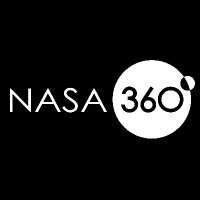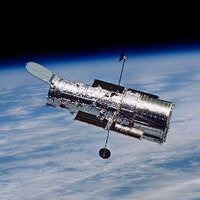
Hubble
@NASAHubble
The official X account for the NASA Hubble Space Telescope, managed and operated by NASA's Goddard Space Flight Center.
ID:14091091
http://www.nasa.gov/mission_pages/hubble/main/index.html 06-03-2008 20:15:02
7,6K Tweets
9,0M Followers
70 Following
Follow People

It's #MayTheFourth , so you know what that means – space 'lightsabers'!
Partially obscured by a dark, Jedi-like cloak of dust, a newborn star's 'force awakens' as it shoots twin jets out into space as a sort of birth announcement to the universe: go.nasa.gov/3y3pqqp

IC 776 is kind of a complicated galaxy.
It's both a dwarf galaxy and a 'weakly barred' spiral galaxy – it has a ragged, disturbed central disc that spirals around the galactic core with arcs of star-forming regions.
For more on this #HubbleFriday image: go.nasa.gov/4dr0itS
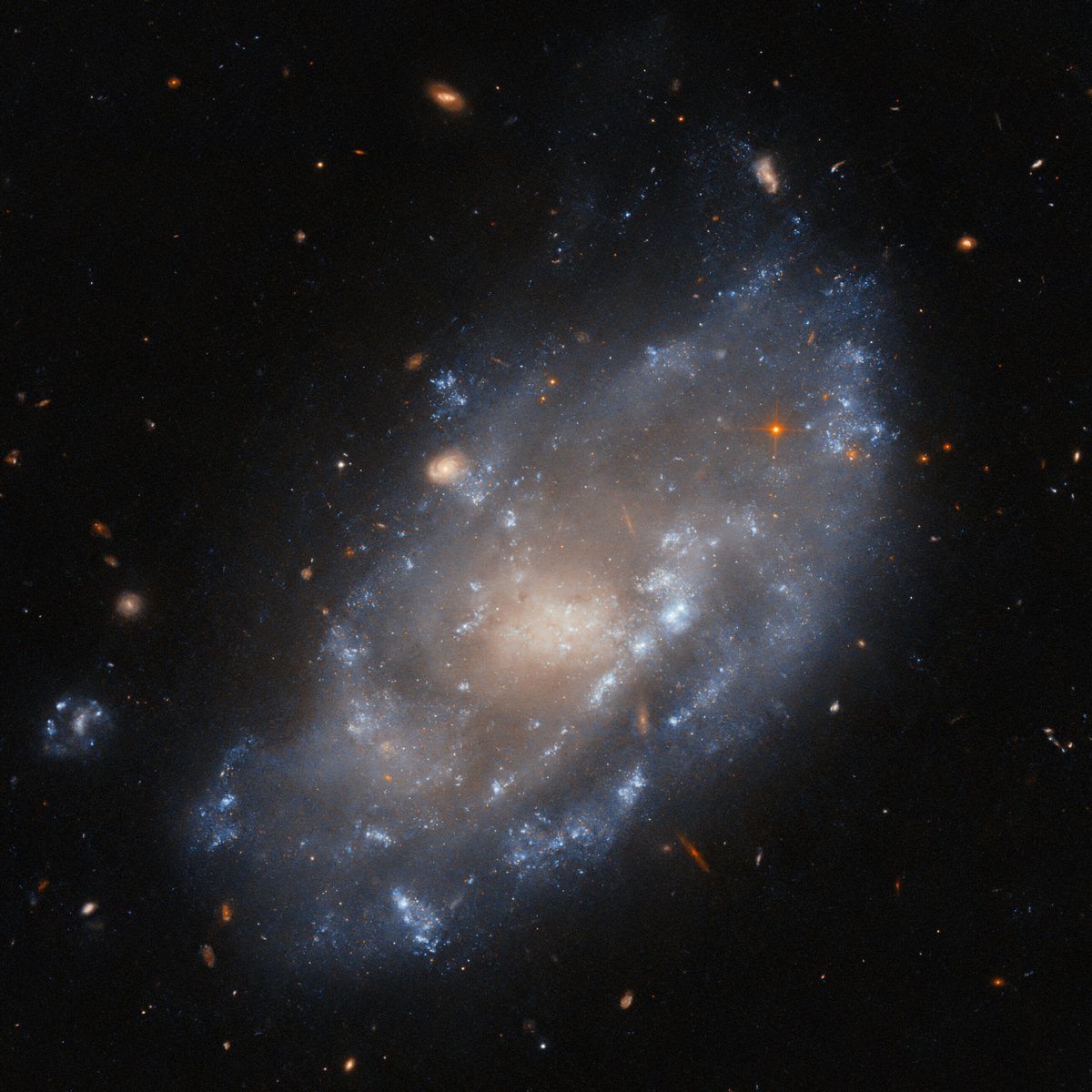

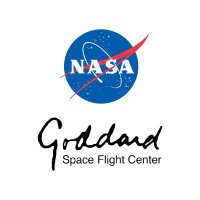
Goddard saw many visitors tour our Greenbelt campus in April. Visitors saw the integration of Nancy Grace Roman Space Telescope, explored our Hubble Operations Control Center, and learned more about our future Venus mission DAVINCI. Visit our Flickr album for more: flic.kr/s/aHBqjBhkpy
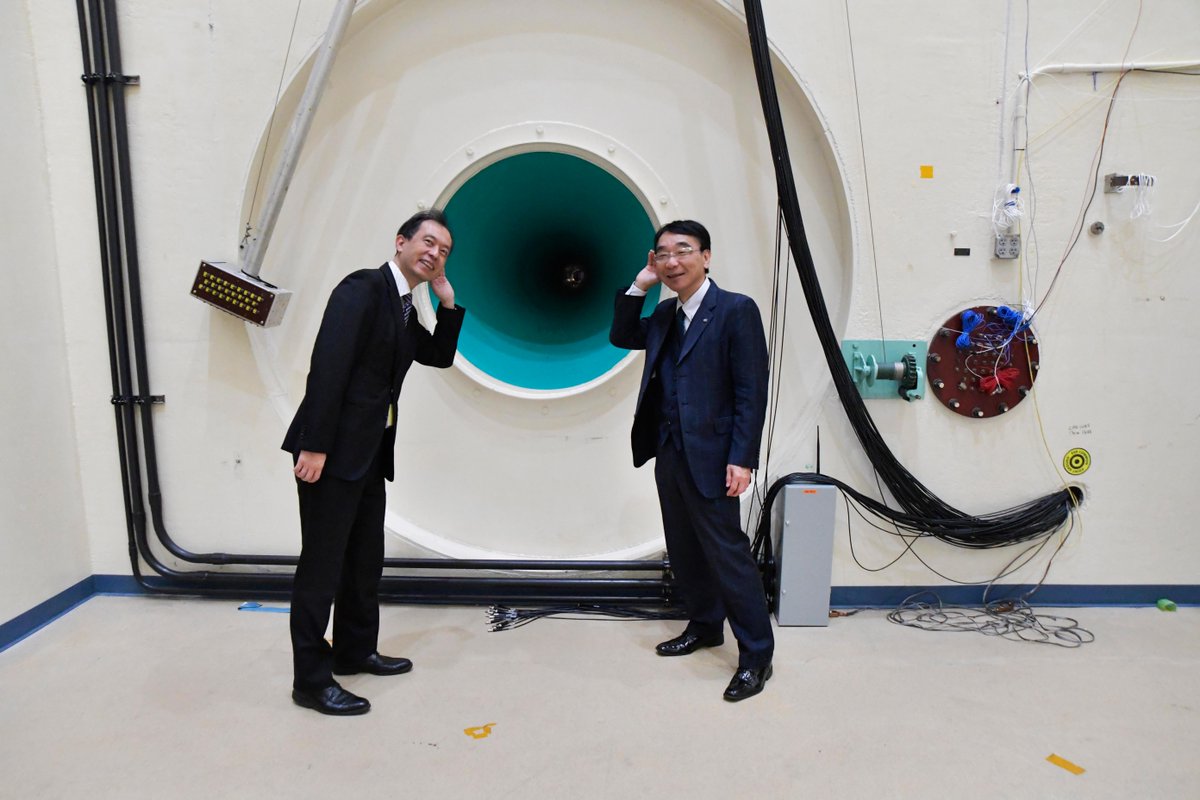


The enormous elliptical galaxy ESO 306-17 stretches a million light-years across – ten times the size of our home galaxy, the Milky Way! It has attracted and absorbed smaller galaxies that once surrounded it, too.
For more on this #HubbleClassic view: go.nasa.gov/3QpArbE




Sometimes, space looks back.
This cosmic face is made up of two galaxy cores (the eyes) surrounded by a ring of blue stars (the face).
Known as Arp-Madore 2026-424, this galactic gaze will merge into one galaxy in 1-2 billion years: go.nasa.gov/44nr3LG
#HubblesWildest

